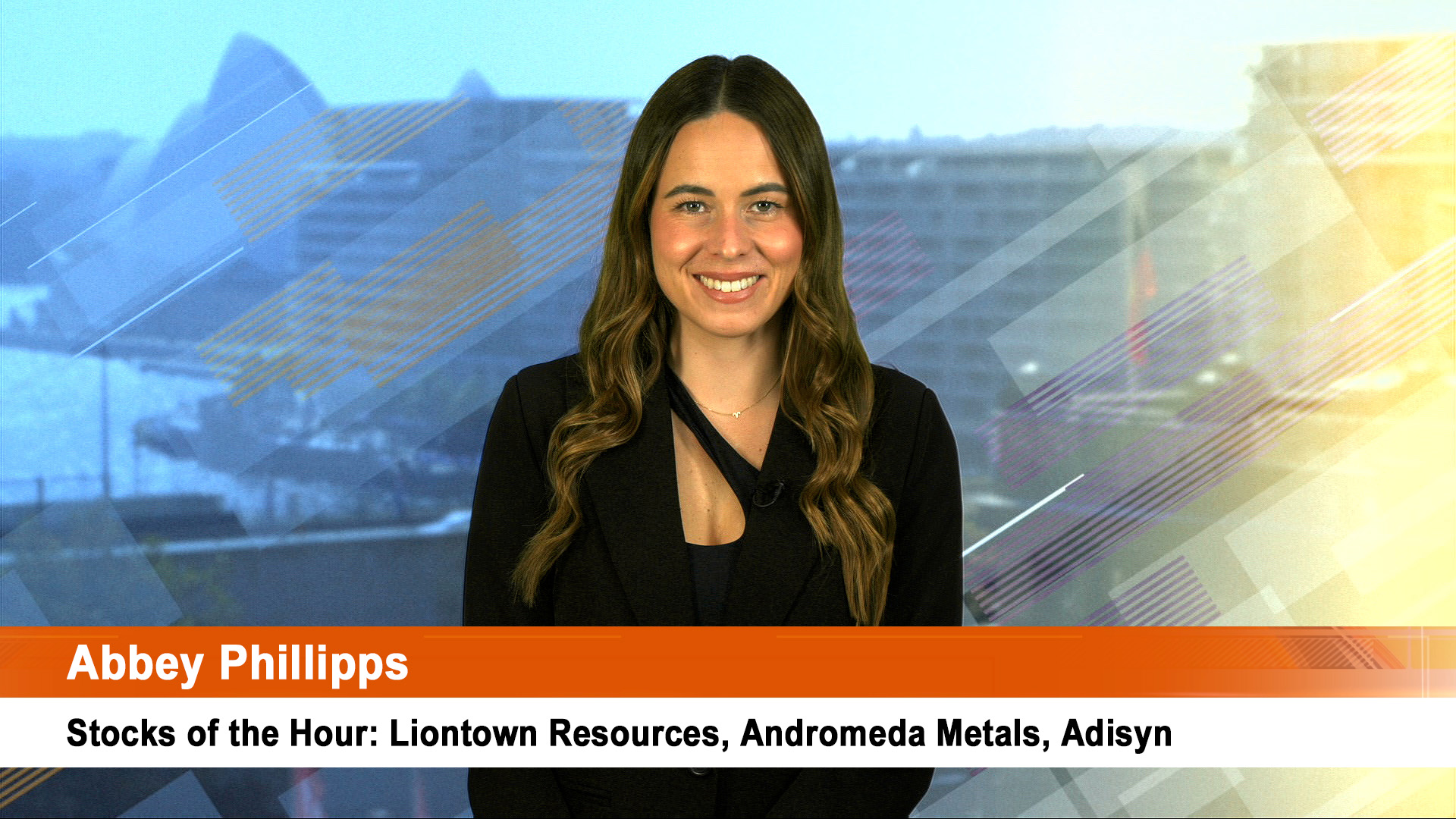While there are signs of a rebound in the US economy after the stronger than expected jobs figures for March, the real driver for world metal prices remains China.
But there are signs that country’s economy is not responding to attempts by the authorities to slow activity and that investment and output are continuing to grow at levels well above official forecasts.
That poses the danger that world metal markets are becoming overheating and a sharp fall is around the corner, especially with the likes of nickel up 50 per cent or more this year and copper, up a quarter or more in price in the past month.
We saw this again overnight in New York where copper futures surged to a new five month high.
Traders said that Comex copper futures for May delivery rose 12.9 USc, or 3.8 per cent, to $US 3.506 a pound the highest close for a most-active contract since October19 last year.
Traders said it was a combination of the surprise US jobs figures and continuing demand from China.
The latest price rise means copper prices have jumped26 per cent in the past month and have had continuous weeks of price rises.
Official stocks monitored by the Shanghai Metals Exchange show that reserves of copper almost tripled since reaching a low of 22,731 tons on Nov. 30.
That may change soon because of a rise in expected consumption in the northern spring and summer but it also reflects the rapid surge in demand as prices fell from October onwards and into early January when world metal prices again fell. They rebounded towards the end of January as demand picked up and financial speculators appeared in the market.
Now the sharp rise in price is seeing importers starting to cutback, according to trade reports in China and London, with imports being delayed to allow Chinese internal prices catch up to world prices which surge weekly.
Official figures show that China’s imports of refined copper and alloys in February rose 12 per cent from January’s level but aluminum stockpiles fell for a fourth week in a row last week.
Chinese authorities late last week lifted the reserve requirement for a sixth time in a year last week to 10.5 per cent to try and rein in investment loans, and advances to stockmarket players and property developers. Official interest rates have risen four times but the currency remains tightly controlled.
This acceleration in demand from China has seen base metal prices surpass the cyclical high made in May last year and here in Australia it has seen the $A move up towards its December 1996 high of $US0.8214.
The AMP’s head of strategy, Dr Shane Oliver says further gains in the $A are likely, possibly up to its February 1989 high of $US0.8950.
“The strength in both commodity prices and the highly cyclical Australian dollar is telling us that, notwithstanding the risks hanging over the US economy, the global growth outlook remains pretty good.
“The rebound in commodity prices is great news for resources stocks because it means that profit estimates will need to be upgraded.
“It also means that the Australian Government’s tax revenues will continue to surprise on the upside leading to the possibility of ongoing tax cuts.”
Pushed by that buying from China, world metal prices rose nicely last week thanks to a mixture of concern about supplies of copper, lead, nickel and tin met strong buying from China.
As a result some metals to record levels and traders said there has been a 180 degree shift in sentiment from the concerns at the start of 2007 about slowing consumption and rising mine output.
Copper reached a five-month high when it touched $US 7,510 a tonne on the London Metal Exchange last Thursday, ahead of the Easter break.
The LME said the three-month copper price rose more than 9 per cent last week thanks to a 17 per cent surge in Chinese copper imports in January and February.
Nickel prices again hit new highs with the three-month price moved reaching a peak last week of $US49,875 a tonne, up 9 per cent for the week, and a huge 50 per cent so far this year. Nickel prices hit $US51,000 a tonne in after hours trading in London.
Boring lead moved to new peaks last week when it hit $US2,028 a tonne up 5 per cent over the shortened week’s trading.
Driving lead is supply problems, including the shutting of the Magellan metals operation near Esperance in Western Australia because of bad pollution problems in the town apparently caused by trucked loans of lead carbonate being blown across the port (the lead is mined inland and exported through Esperance). Lead stocks, like stocks of so many other metals, have been falling recently.
Gold prices also rose last week but fell Monday in New York to cklose at $US676.90 an ounce.













